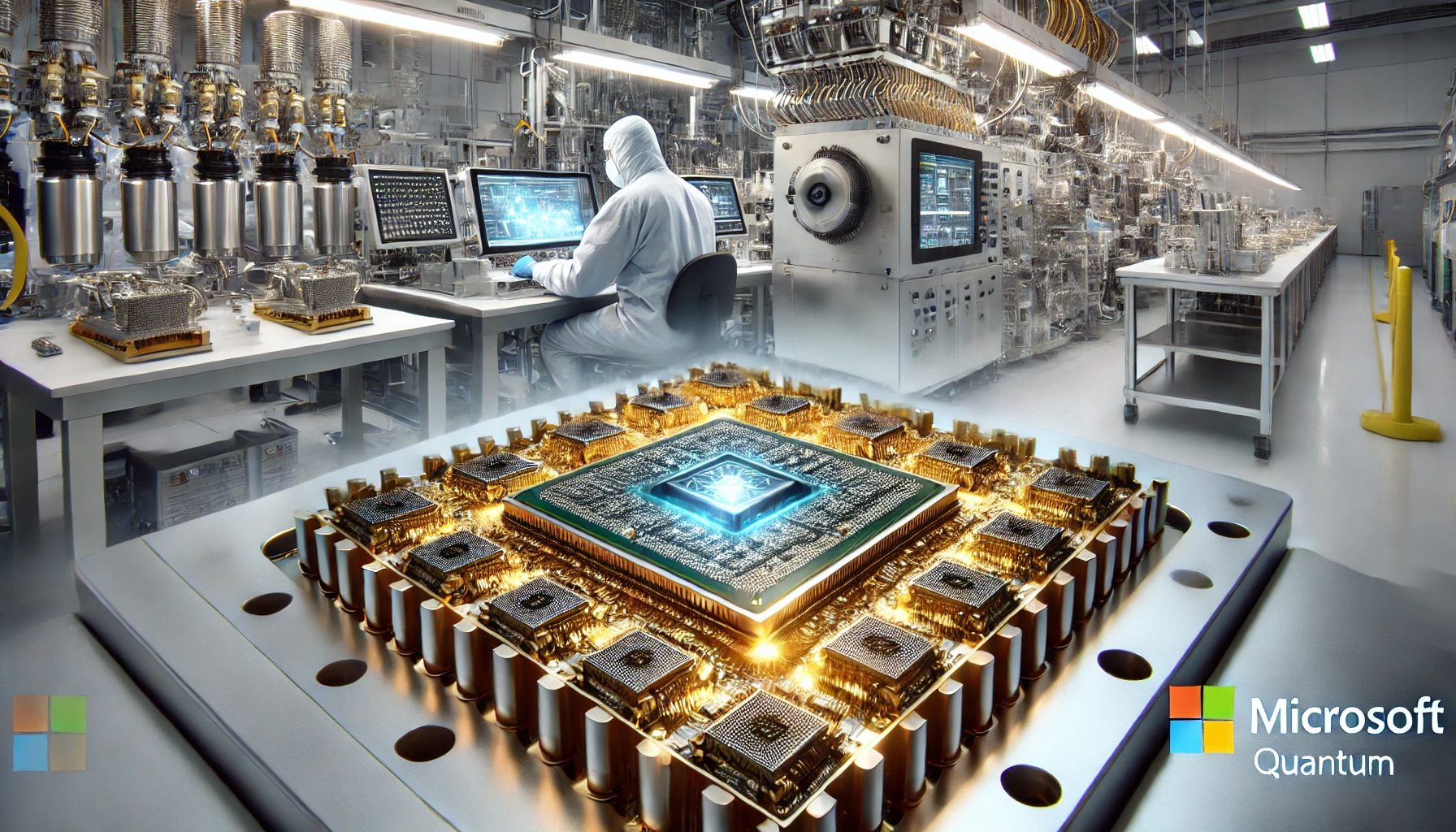Nebius Group’s stock price skyrocketed this week after the Amsterdam-based artificial intelligence infrastructure firm announced a multi-year partnership with Microsoft worth up to $19.4 billion. The deal highlights the surging demand for GPU-powered cloud computing capacity and underscores the critical role infrastructure providers play in supporting the global AI boom.
Shares of Nebius, which was spun out of Russian internet company Yandex in 2023, surged more than 40% on Tuesday following the announcement. The rally came on top of a 60% spike in extended trading Monday, marking one of the steepest short-term gains for an AI-related stock in 2025. Under the agreement, Nebius will supply Microsoft with graphics processing units (GPUs) and computing power valued at $17.4 billion through 2031. Microsoft may also secure additional capacity, potentially bringing the total value of the contract to $19.4 billion.
The Nebius-Microsoft deal instantly positions the European company as a top-tier supplier of AI cloud infrastructure. GPUs are essential for training and scaling large language models, generative AI platforms, robotics, and other advanced artificial intelligence applications. As enterprises race to deploy AI, demand for this specialized hardware has grown far faster than traditional cloud services. For Microsoft, the agreement ensures Azure customers, OpenAI projects, and its own AI-powered products have the computing resources required to expand.
This partnership also shows that while Nvidia remains the leader in AI chips, competition is opening up. Nebius joins a growing roster of infrastructure providers—including CoreWeave, which saw its shares climb 8% on the news—benefiting from hyperscalers’ urgent need to lock in GPU supply. Investors see this as a sign that AI infrastructure spending could remain strong despite market concerns about inflated valuations.
Analysts note that the deal comes amid broader predictions of enormous long-term spending on AI hardware. Nvidia executives recently forecast that between $3 trillion and $4 trillion will flow into AI infrastructure globally by 2030. At the same time, some experts, including OpenAI CEO Sam Altman, have warned of a possible AI bubble as valuations for startups like Anthropic and OpenAI itself reach record highs. Nebius’s surge reflects the optimism that demand will outweigh bubble risks, at least for infrastructure suppliers.
For Nebius, the Microsoft partnership provides not only revenue security through 2031 but also credibility as a global player in the AI race. By aligning with one of the world’s largest technology companies, Nebius strengthens its position in a market where trust, scale, and performance are paramount.
The stock market response suggests investors believe infrastructure will be one of the most resilient segments of the artificial intelligence economy. While software companies may face volatile valuations, firms that deliver the backbone of AI workloads—GPUs, cloud data centers, and compute resources—are emerging as long-term winners. With its $19 billion deal, Nebius has firmly secured its spot in the spotlight.













